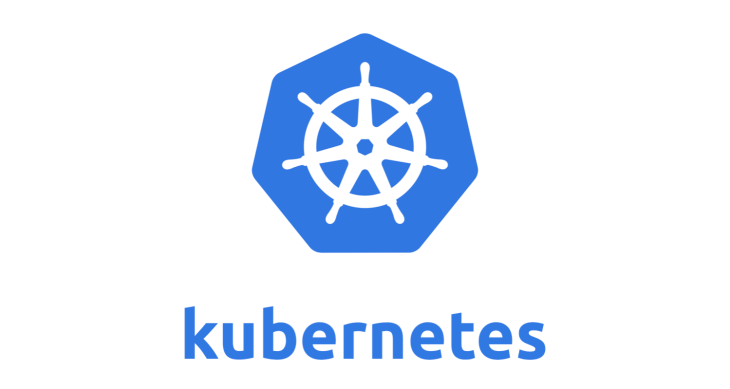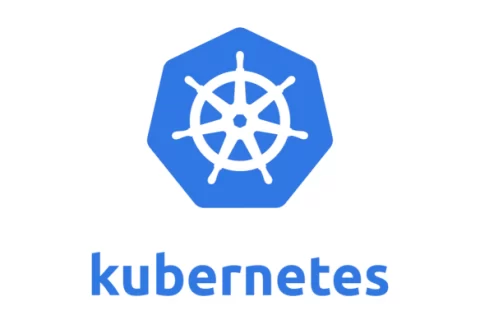Introduction:
In the dynamic realm of modern IT infrastructure management, Kubernetes and Virtual Machines (VMs) have emerged as two pivotal technologies that underpin the deployment, scaling, and management of applications. While both Kubernetes and VMs serve as fundamental tools for orchestrating resources, they differ significantly in their approaches and applications. This article delves into the core distinctions between Kubernetes and Virtual Machines, shedding light on their unique strengths and use cases.
- Underlying Technology:
- Virtual Machines (VMs): VMs emulate full-fledged hardware, including a guest operating system, on top of a physical host. This isolation provides excellent compatibility but comes at the cost of resource overhead.
- Kubernetes: Kubernetes is an open-source container orchestration platform that operates at the container level. It manages and orchestrates containers that share the same OS kernel, offering lightweight and efficient resource utilization.
- Resource Efficiency:
- Virtual Machines (VMs): VMs consume more resources due to their need for emulated hardware and individual OS instances. This results in higher overhead and a less efficient use of resources.
- Kubernetes: Kubernetes containers are more resource-efficient as they share the host OS kernel. This means lower overhead and the ability to run more containers on the same hardware.
- Deployment Speed:
- Virtual Machines (VMs): VMs typically have longer startup times due to the need to boot a full OS. This can slow down application deployment and scaling.
- Kubernetes: Kubernetes containers have near-instantaneous startup times since they don’t require booting a complete OS. This enables rapid deployment and scaling of applications.
- Isolation:
- Virtual Machines (VMs): VMs offer strong isolation between applications since they run separate OS instances. This makes VMs a preferred choice for multi-tenant environments.
- Kubernetes: While Kubernetes provides isolation at the container level, it’s not as strong as VM isolation. Containers on the same node share the OS kernel, which may pose security concerns in certain scenarios.
- Scalability:
- Virtual Machines (VMs): Scaling VMs can be slower and less granular due to their heavier resource requirements.
- Kubernetes: Kubernetes excels in rapid and granular scaling. It can automatically scale containers up or down based on resource demands.
- Application Portability:
- Virtual Machines (VMs): VMs offer good application portability, but they are bulkier and often require more complex migration processes.
- Kubernetes: Kubernetes containers are highly portable, making it easier to move applications between environments, whether on-premises or in the cloud.
- Management Complexity:
- Virtual Machines (VMs): Managing VMs can be more complex due to the need to handle multiple OS instances, patching, and updates.
- Kubernetes: Kubernetes abstracts much of the underlying infrastructure complexity, making it easier to manage containers at scale. However, it does introduce its own set of management challenges.
Conclusion:
In the Kubernetes vs. Virtual Machines debate, there is no one-size-fits-all answer. The choice between them depends on specific use cases, performance requirements, and resource constraints. VMs offer strong isolation and compatibility but come with higher resource overhead. Kubernetes, on the other hand, provides excellent resource efficiency, rapid scaling, and application portability but with somewhat weaker isolation.
In many scenarios, organizations adopt a hybrid approach, using VMs for certain workloads that require strong isolation and Kubernetes for containerized applications that benefit from efficient resource utilization and rapid scaling. Understanding the differences between these technologies is crucial for making informed decisions in the ever-evolving landscape of IT infrastructure management.






